before we get too much further with the posts about thejayfather's homeland, it's worth taking a look at what that homeland actually consists of. the makeup and breakdown of the United Kingdom is a source of great confusion here in America, but let's give it a look and see what we can't find. a clue to this strange identity problem lies in the name itself, but the official one, the end of which is usually left off or forgotten: the United Kingdom of Great Britain and Northern Ireland. so the UK is composed of these two entities, Great Britain and Northern Ireland, the latter of which should be clearly visible on the map below:

the United Kingdom of Great Britain and Northern Ireland.
this generates a couple of questions: first, does that mean that Ireland is not part of the UK?; and second, where is Great Britain? and the answers are: yes, that does mean Ireland is not part of the UK. the Republic of Ireland, or Eire (say air-uh) in local parlance, is its own sovereign nation with no relation to the UK. second, Great Britain (GB) is everything rendered in that peachy, flesh color on the map, so it, like its super-entity the UK, is also made up of smaller parts. these are the countries clearly marked on the map as England, Scotland and Wales.
figuring out what the four basic entities share and don't share is where it gets complicated. basically Scotland and Northern Ireland have some useful powers devolved to them, such as independent legal systems, and Wales has some powers of self government. but England is ruled directly by the government of the United Kingdom, and Wales shares its legal system with England. Wikipedia has a fairly helpful article on the differences between these nations, but it's all a bit obscure, even to British folks, and that's before you even get to the flags.

the Union Jack, flag of the United Kingdom.
this one's familiar looking, and is best known as the Union Jack. many of the former colonies of the British Empire still retain this image in the canton (upper left quadrant) of their national flags, like Australia, New Zealand and Fiji do. but just like the Kingdom itself, the Jack is made up of several constituents, including a couple of the following:

flags of the constituent nations of the UK, clockwise from top left: St George's Cross, the flag of England; St Andrew's Cross, the flag of Scotland; the Ulster Banner of Northern Ireland; and the Red Dragon of Wales. all flags have been cropped square to fit.
obviously the first two made the final cut, but what of the others? not there at all, probably because the Ulster Banner is clearly derivative of St George's cross, and because Wales entered the UK as a principality of England. so merging the crosses of St George and St Andrew gives you the basic design of the Union Jack, but for the finishing touch you have to take the rarely-seen (in Britain) Cross of St Patrick, Ireland's patron saint, which is a red saltire (an "x" type cross, like St Andrew's) on a white field.
so it's all been made a bit technical and mysterious for the unsuspecting, which sounds like just the kind of thing Britain would do. British folks tend to have a general understanding of how this works and seem to be relatively careful in their use of the terminology, but Americans are wont to interchange the national terms with reckless abandon. this can be very distressing, especially in the face of such professed fascination with things of the Kingdom. Scots people are British but certainly not English, and folks from Northern Ireland are not even technically (if historically) British, but Irish. it's hard to tell which group takes greater umbrage at these common misattributions, but a healthy dose of offense is almost invariably given in such cases. this primer should be enough to help you avoid such faux pas, so arm yourselves with this knowledge, unwitting and victimized Americans, you'll need it and more for the next post...

the United Kingdom of Great Britain and Northern Ireland.
this generates a couple of questions: first, does that mean that Ireland is not part of the UK?; and second, where is Great Britain? and the answers are: yes, that does mean Ireland is not part of the UK. the Republic of Ireland, or Eire (say air-uh) in local parlance, is its own sovereign nation with no relation to the UK. second, Great Britain (GB) is everything rendered in that peachy, flesh color on the map, so it, like its super-entity the UK, is also made up of smaller parts. these are the countries clearly marked on the map as England, Scotland and Wales.
figuring out what the four basic entities share and don't share is where it gets complicated. basically Scotland and Northern Ireland have some useful powers devolved to them, such as independent legal systems, and Wales has some powers of self government. but England is ruled directly by the government of the United Kingdom, and Wales shares its legal system with England. Wikipedia has a fairly helpful article on the differences between these nations, but it's all a bit obscure, even to British folks, and that's before you even get to the flags.

the Union Jack, flag of the United Kingdom.
this one's familiar looking, and is best known as the Union Jack. many of the former colonies of the British Empire still retain this image in the canton (upper left quadrant) of their national flags, like Australia, New Zealand and Fiji do. but just like the Kingdom itself, the Jack is made up of several constituents, including a couple of the following:

flags of the constituent nations of the UK, clockwise from top left: St George's Cross, the flag of England; St Andrew's Cross, the flag of Scotland; the Ulster Banner of Northern Ireland; and the Red Dragon of Wales. all flags have been cropped square to fit.
obviously the first two made the final cut, but what of the others? not there at all, probably because the Ulster Banner is clearly derivative of St George's cross, and because Wales entered the UK as a principality of England. so merging the crosses of St George and St Andrew gives you the basic design of the Union Jack, but for the finishing touch you have to take the rarely-seen (in Britain) Cross of St Patrick, Ireland's patron saint, which is a red saltire (an "x" type cross, like St Andrew's) on a white field.
so it's all been made a bit technical and mysterious for the unsuspecting, which sounds like just the kind of thing Britain would do. British folks tend to have a general understanding of how this works and seem to be relatively careful in their use of the terminology, but Americans are wont to interchange the national terms with reckless abandon. this can be very distressing, especially in the face of such professed fascination with things of the Kingdom. Scots people are British but certainly not English, and folks from Northern Ireland are not even technically (if historically) British, but Irish. it's hard to tell which group takes greater umbrage at these common misattributions, but a healthy dose of offense is almost invariably given in such cases. this primer should be enough to help you avoid such faux pas, so arm yourselves with this knowledge, unwitting and victimized Americans, you'll need it and more for the next post...





































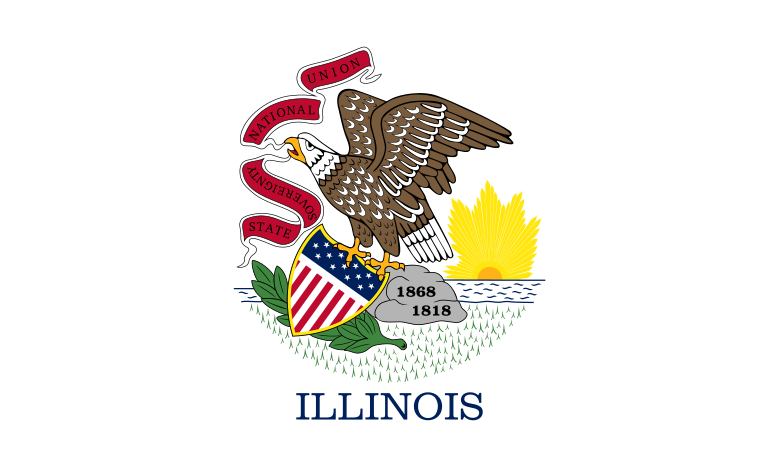




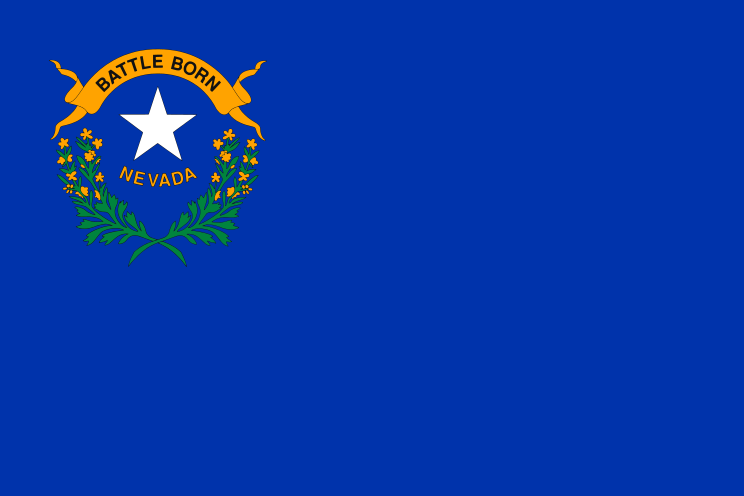




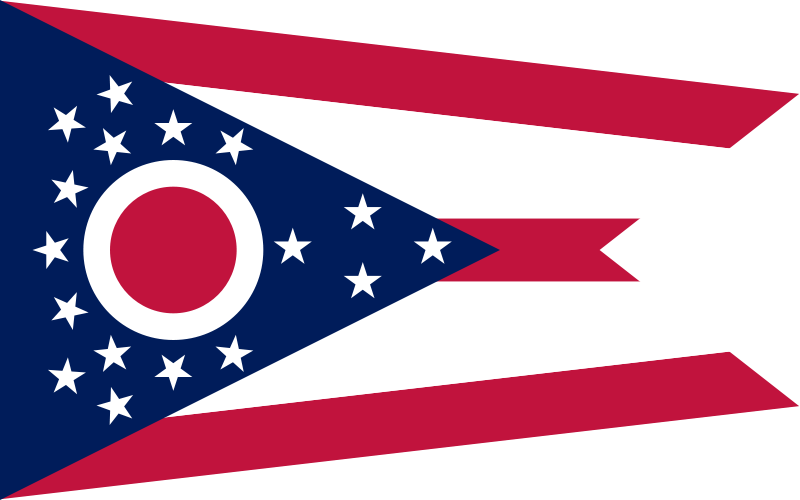

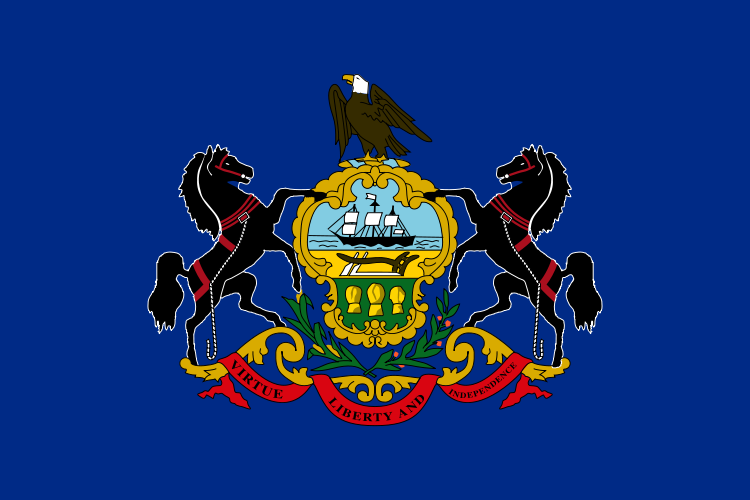





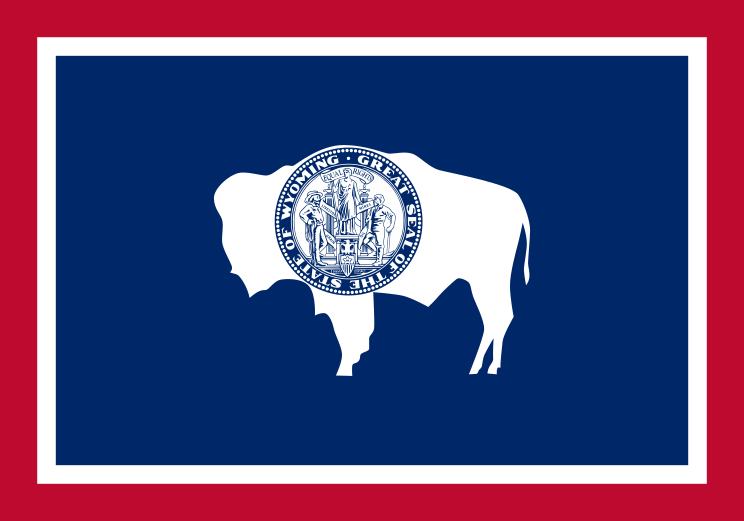
No comments:
Post a Comment